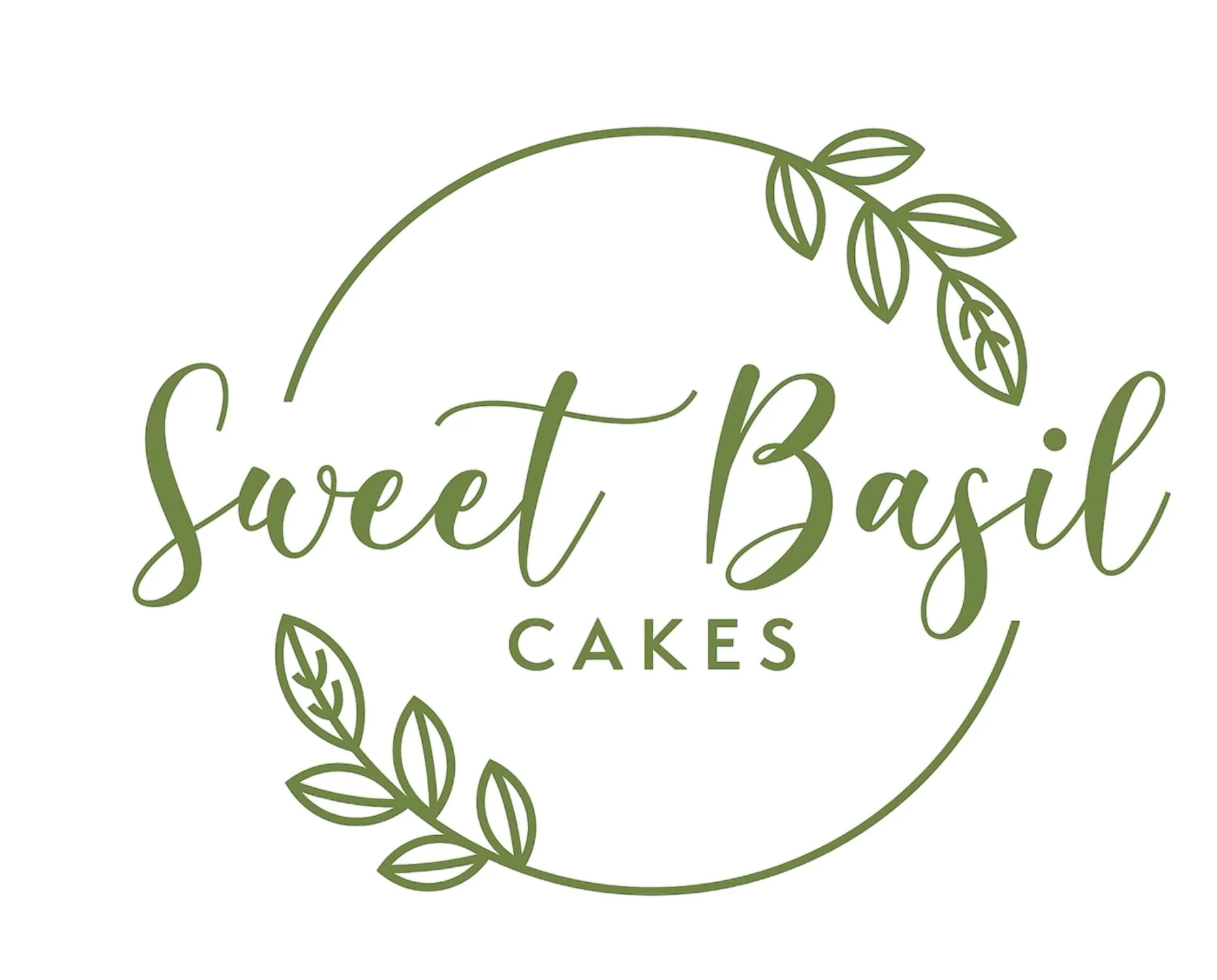Pan Frying
This method entails cooking food in an uncovered pan in a moderate amount of fat. This technique is often used with breaded, tender items with relatively short cook times.
Tips and Techniques for Pan Frying:
Use a large skillet or sauté pan with sloped or straight sides. Non-stick coatings work well breaded items may otherwise stick to the pan despite the frying oil. Pans with even heating are recommended. A cast-iron skillet is perfect for pan-frying due to its non-stick nature and consistent heating.
Pan-fried dishes are usually coated with a breading. A three step process is generally recommended: a thin coating of flour or cornmeal, egg wash and milk/buttermilk, and a main coating of flour/breadcrumbs with seasoning. Make sure each ingredient is in a separate, flat dish with plenty of room and use one hand for handling the dry ingredients and a second hand for the wet layer. Fry immediately after coating or you can get gooey results.
Start with plenty of coating for your items and don’t overcrowd the plates or shallow pans when breading. Make sure at least one of your layers has seasoning of salt/pepper/spices/dried herbs but not all of them as it is easy to over-season.
Choose a fat with a neutral flavor such as canola oil, vegetable oil, safflower oil or peanut oil. Butter will work as well but the item must cook very quickly over medium heat to avoid scorching the butter.
Starting an item at medium-high heat and lowering it after browning will prevent overcooking or scorching but lowering it too much will yield soggy results. The oil should continue to bubble after lowering the temperature. To see if it the oil is hot enough before cooking, drop in a small ball of batter (you probably have some sticking to your fingers!) if it sizzles, it’s probably good to go. If it doesn’t wait a bit to allow the oil to reach a proper temperature.
Don’t overcrowd the pan; it’s better to pan-fry in batches. Overcrowding causes the items to stick together and can cause the oil to drop temperature too quickly, again with the sogginess problem.
Turn your items only once during the cook time to avoid disturbing the breading. You want to touch the food in the pan as little as possible as the tiny bits of breading that come off will start to burn and the oil takes on a slightly burnt taste. If you’re doing more than a couple of batches, make sure to strain out whatever blackened bits you can and add fresh oil if necessary (and bring back up to temperature) before adding the next batch.
Season with a bit of salt and pepper and serve as soon as possible to avoid sogginess.
What to pan-fry:
This is a tricky one because you want sturdy items that aren’t too juicy and cut to about an inch thick (you can your product smaller but keep a good eye on it because it will scorch and overcook VERY QUICKLY). Meats should be tender cuts and cut to about an inch thick to avoid having a crispy outside but a raw inside. Always use a thermometer for thicker cuts of meat to ensure a safe eating temperature.
Asparagus
Chicken – ask your farmer for tender cuts
Corn - fritters
Eggplant
Green Tomatoes
Kale and Collards – fritters
Mushrooms Okra
Onions
Pork – ask your farmer for tender cuts
Potatoes
Squash - summer
Sweet Potatoes























